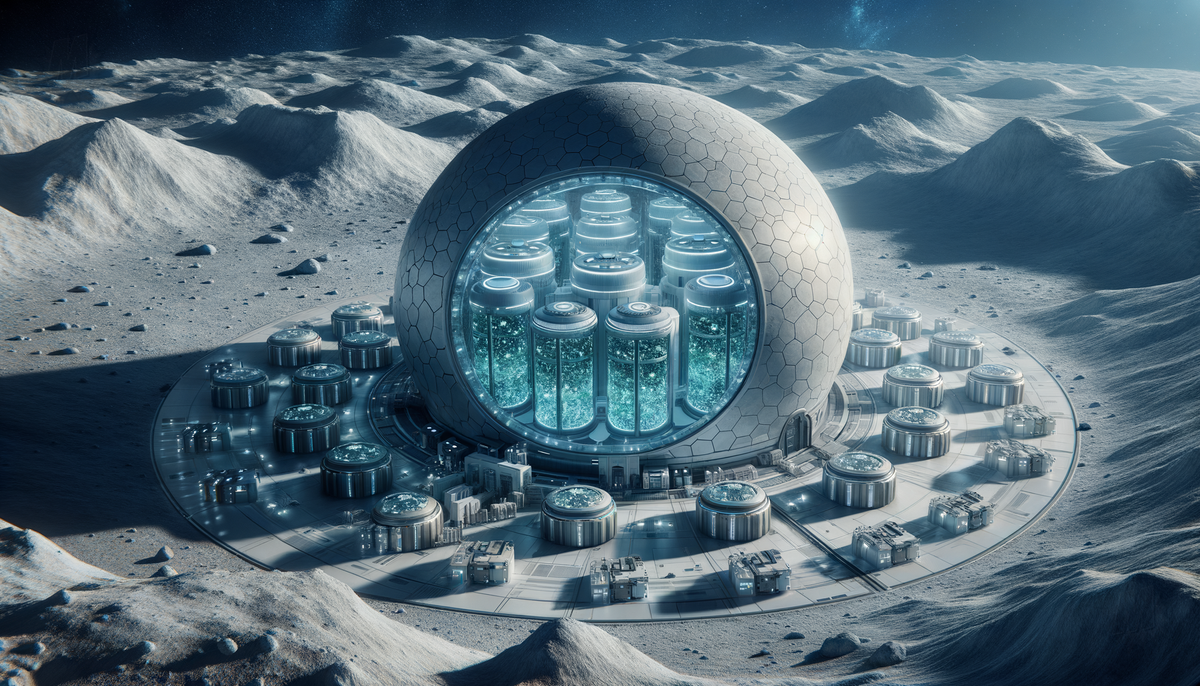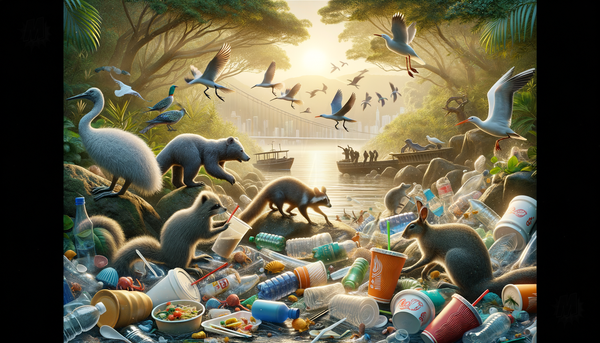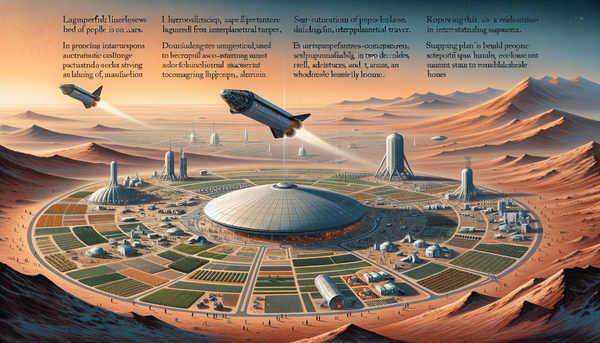Lunar Noah's Ark: Scientists Propose Cryogenic Storage of Endangered Species on Moon

Scientists from the Smithsonian’s National Zoo and Conservation Biology Institute (NZCBI) in Washington, D.C., have proposed establishing a biorepository on the Moon to protect Earth's wildlife. The proposed facility would store cryopreserved cells from millions of animal species, including mammals, reptiles, birds, and amphibians, in a passive, long-term storage environment. The Moon's permanently shadowed craters, where temperatures remain consistently below -196 degrees Celsius, are considered ideal locations for the biorepository due to their natural cold conditions that would not require an active power supply.
The primary objective of this lunar biorepository is to safeguard biodiversity from threats such as natural disasters, climate change, and geopolitical conflicts. The cryopreserved cells could potentially be used to recreate species on Earth or other celestial bodies if life on Earth is wiped out. The project faces numerous challenges, including the high initial cost—estimated to be five times more expensive than an Earth-based facility—and the need for international cooperation to address transportation, radiation protection, and governance issues. Researchers plan to conduct further tests on Earth and the International Space Station to refine the protocols for cryopreservation and space storage.




